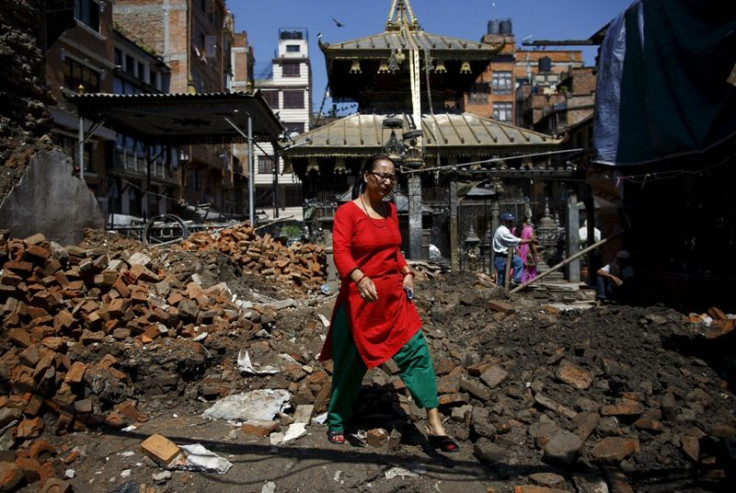Magnitude-4 earthquake hits Queensland for the second time in a row

An earthquake of magnitude-4 has hit near Queensland’s Fraser Island off the state's southern coast, confirmed Geoscience Australia. With the early morning round of rattling, the city experienced such earthquake twice in August.
Senior Seismologist Spiro Spiliopoulos said the earthquake which hit at 11:07 a.m., with recorded a depth of 10 kilometres off Fraser Island about 217 kilometres north-east of Brisbane. He confirmed that it occurred at the same location like the previous larger quakes.
Spiliopoulos said that the current earthquake hit might be the aftershock of larger magnitude-5 earthquakes that occurred almost two weeks ago. He suggested that more tremors could be felt in times to come.
"Normally when you get a large earthquake of magnitude 5 you will get a series of aftershocks which will last for some days or weeks afterwards," he said. It has been reported that Maroochydore and other places on the Sunshine Coast have also felt the tremors.
However, Hervey Bay in Queensland was mostly affected. Meanwhile, Spiliopoulos reported that there are no news of damage.
Geosciences Australia seismologist Andrea Thom said the seismic event wasn’t big enough to result in any sort of tsunami. However, he warned that residents should be aware. “It’s a bit surprising that we got reports as far south as the Sunshine Coast,” she added.
Thom further pointed out that whether people had felt the tremors or not, it depends on the base of their building or houses. He said that buildings built on softer materials, which are generally near to the coast, would feel the quake more than those built on rocks or sediment.
Speaking on Tsunami, Thom said it takes about 50 minutes to reach the shore and, as per calculations, warnings of tsunami reach within 15 minutes, so residents would likely have about 35 minutes to evacuate. “They need only go about 1km inland or to higher ground. It’s just a matter of common sense,’’ she added.
Back on August 1, Queensland had experienced its strongest earthquake in the past century and Geoscience Australia said it was equivalent to "15 atomic blasts of energy."
Contact the writer at feedback@ibtimes.com.au, or let us know what you think below.





















